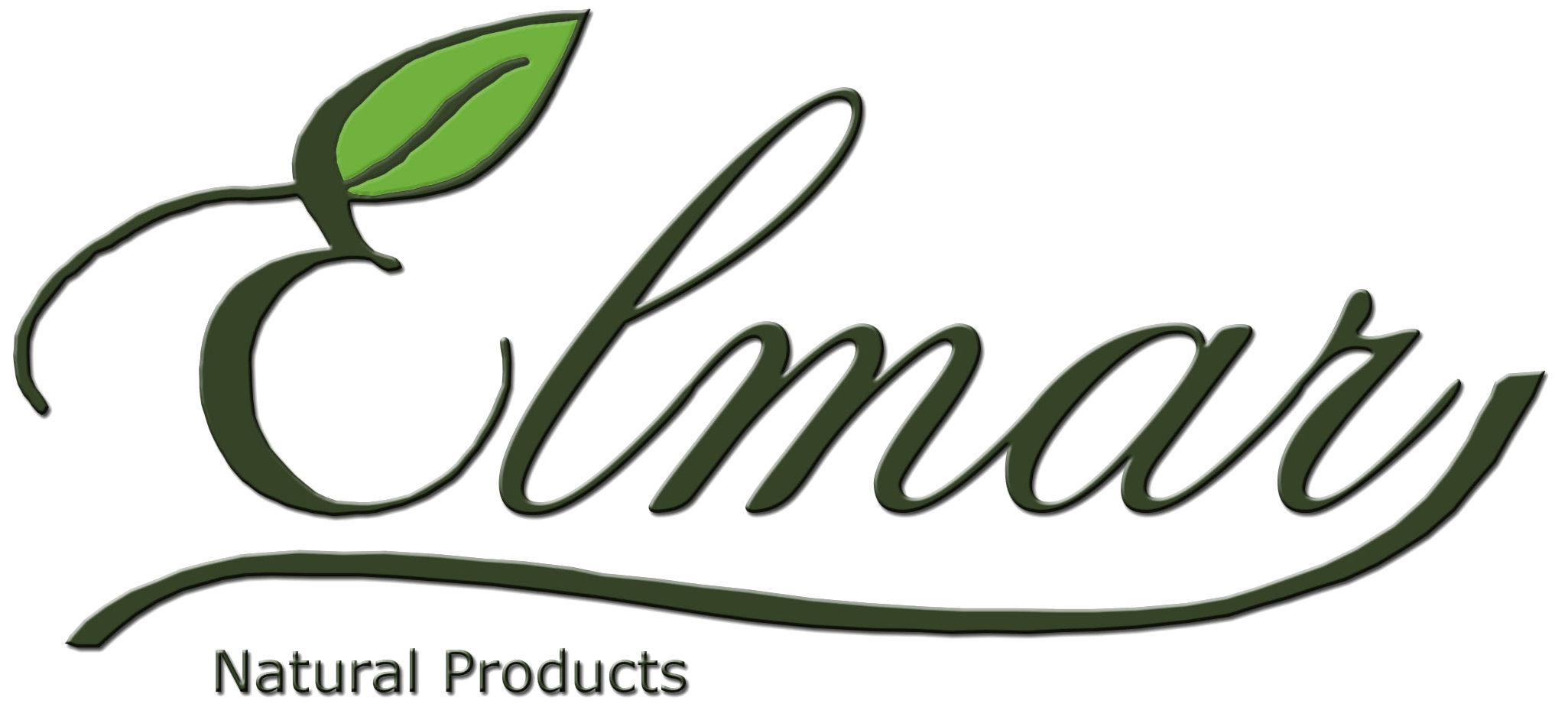The Vietnamese cinnamon industry is in a period of strong transformation, not only maintaining its position on the international market but also opening up promising strategic directions, despite many challenges ahead.
According to the Vietnam Pepper and Spice Association (VPSA), in July, Vietnamese businesses exported 10,373 tons of cinnamon, worth 26.2 million USD. Compared to the same period in 2024, the export volume of cinnamon has increased by 5.1%.
Vietnam’s cinnamon export market is quite diverse, including India, China, Bangladesh, the US, the EU, and the Middle East. India continues to be Vietnam’s largest consumer market.

Vietnam is currently the third largest producer of cinnamon in the world.
Overall for the past 7 months, the country exported 73,080 tons of cinnamon, worth 187.5 million USD (equivalent to nearly 4.8 trillion VND). Compared to the same period last year, the output increased strongly by 34.9%, and the value increased by 21.6%.
This growth is driven by Vietnam’s position as the world’s third-largest cinnamon producer and the world’s leading cinnamon exporter. The cinnamon cultivation area in Vietnam is about 180,000 hectares. The main growing areas are concentrated in the northern mountainous provinces and the North Central Coast.
Over the years, dried cinnamon has not only been a familiar spice but has also been widely used as a natural remedy. Notably, the demand for cinnamon in the functional food, cosmetic, and pharmaceutical sectors in developed countries is growing rapidly, opening up significant opportunities for Vietnamese businesses to enhance product value.
However, according to the VPSA, the Vietnamese cinnamon industry is facing challenges. Most Vietnamese cinnamon is still exported in its raw form, with limited added value, especially when compared to major exporting countries like Indonesia, Sri Lanka, or India, which have focused on investing in deep processing and perfecting their supply chains.
In addition, import markets are increasingly imposing stricter requirements regarding traceability, organic certification, technical standards, and food safety and hygiene. This forces businesses to invest more in raw material zones, processing technology, and quality control.
Many domestic businesses have begun to shift toward sustainable development by actively linking with farmers to build organic raw material zones while applying international production processes such as HACCP and GMP or obtaining USDA and EU Organic certifications. This is considered an essential path to enhance competitiveness and increase export value in the medium and long term.
